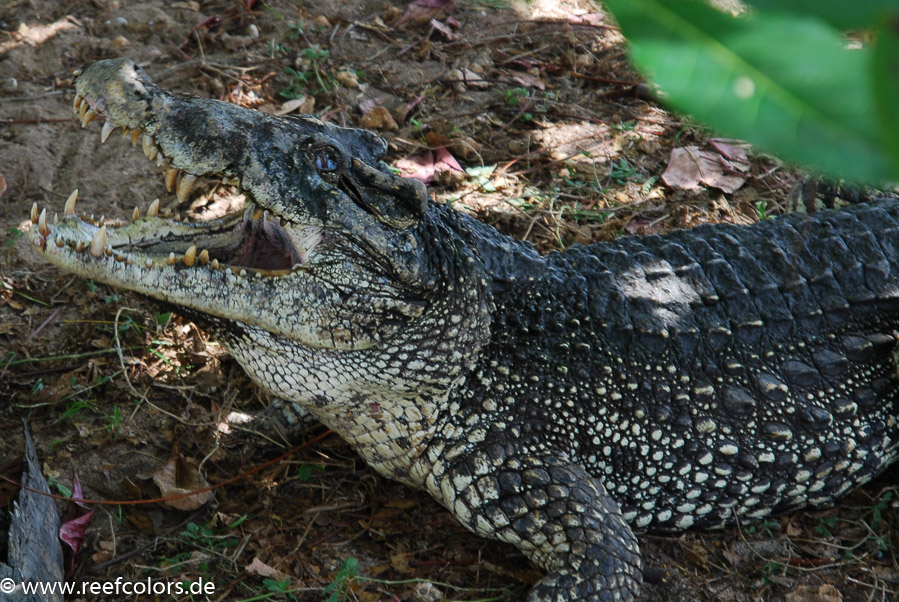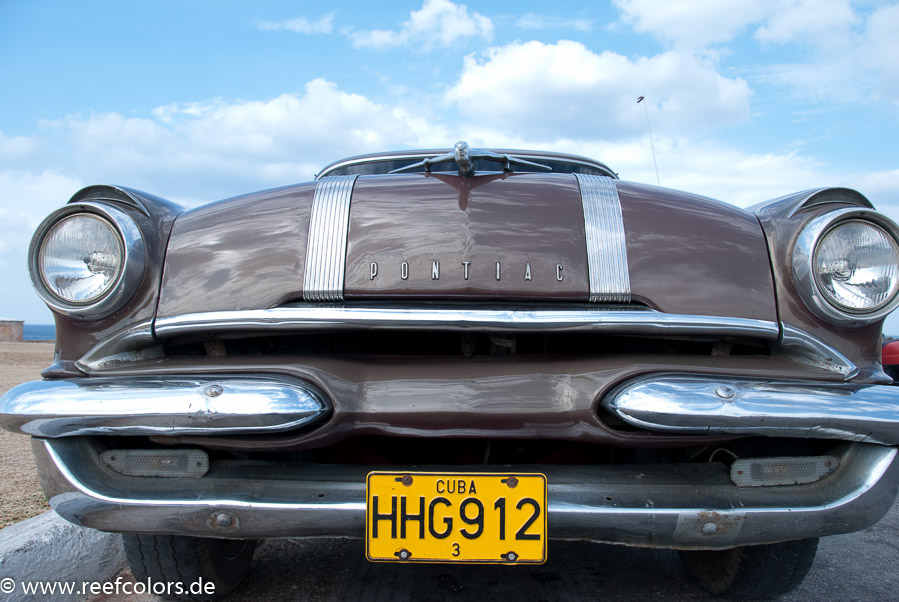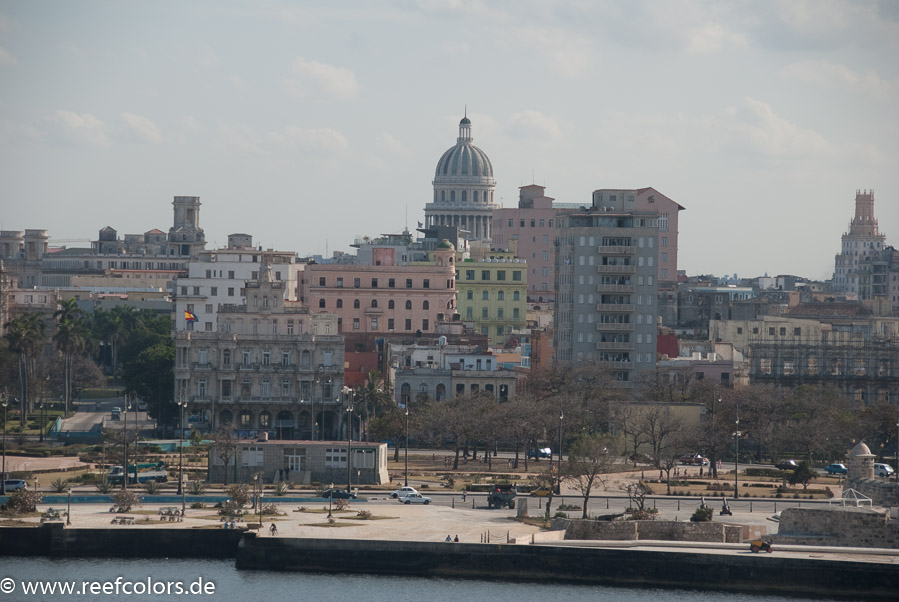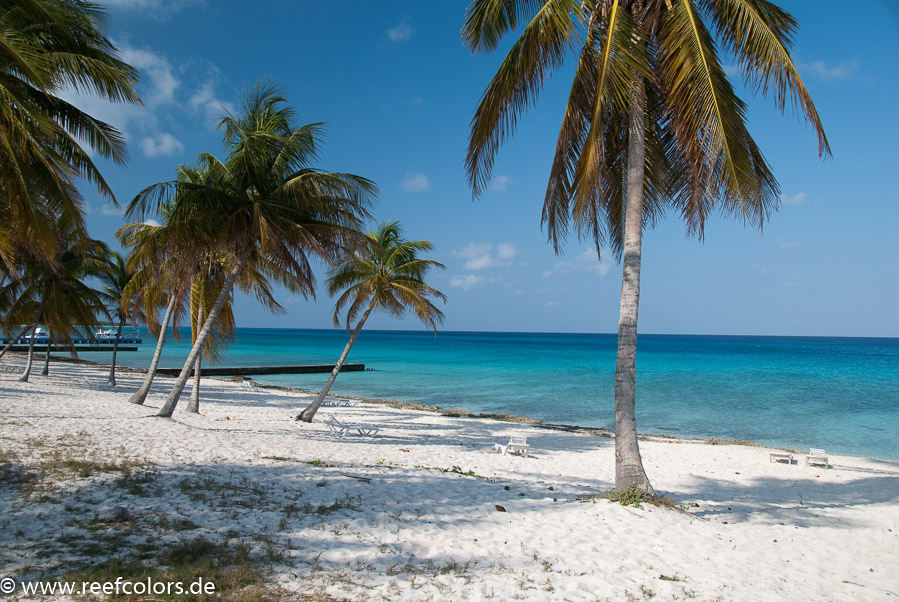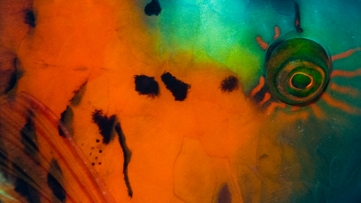
| Home |
| Colors of the Reef |
| Search the Reef |
| Science and the Reef |
| Equipment |
| New |
| Links |
| Contact |
| Interna |
PLEASE NOTE: The location of the dive sites is in most cases estimated and only approximate.
Click to expand the list of all Cuba dive sites. The selected dive site is shown with a red pin on the map.
Cuba, Cuba
| Dive Sites | Dive Centers etc. |
General Information With a coastline of more than 3700 km, located between the Caribbean Sea in the south, the Gulf of Mexico in the northeast and the Atlantic Ocean in the northwest you can expect plenty of excellent dive sites. Being an isolated island, the wildlife of Cuba is rich and unique. More than half of the plants and animals are endemic, which means they exist nowhere else in the world. Examples are the Cuban Crocodile (Crocodylus rhombifer) which is found exclusively in the Ciénaga de Zapata and in the Isla de la Juventud and the Cuban Hutia (Capromys pilorides), a small mammal that can be found in mangrove forests but also other areas. There are several large natural reserves in Cuba such as the Guanahacabibes National Park at the westernmost point of Cuba where the Maria la Gorda Dive Center is located or the Ciénaga de Zapata close to which you can find the Playa Larga Dive Center. The underwater world is in most areas dominated by the typical Caribbean large and colorful sponges and large patches of mostly intact coral reef. The water temperature ranges between 23 C in winter and almost 30 C in summer, with the Caribbean being 1 – 2 degrees warmer than the Atlantic. In winter I suggest to use a 5 mm wetsuit, whereas in summer 2 or 3 mm is enough. Many of the Caribbean dive sites are characterized by steep walls quite close to shore. In the Bay of Pigs the wall is so close that you can easily access it when shore diving. Wall diving in crystal clear water is definitely one of the highlights of diving in Cuba. The dive sites in the Atlantic Ocean and Gulf of Mexico are less spectacular and more shallow. The water is also not as clear here (which means less than 40 m) but in most cases still excellent. Even in Havana diving can be very nice, despite the environmental problems of a big city and rivers carrying mud into the bay. Of course, the visibility depends very much on the weather conditions. The northern coasts of Cuba can get quite rough when a cold front passes through, not to speak about hurricanes in summer and fall. On the other hand, there are normally no currents in the water that might cause problems. Diving in Cuba - what you can expect Diving in Cuba is less developed than in other prime vacation destinations. This has a good and a bad side. The bad side is, that many dive operators do not mach international standards or are not reliable. As long as you are in one of the large vacation centers (such as Varadero) you can be quite sure that there will be diving as advertised. The equipment might be in bad shape and the place can be crowded, but someone will bring you into the water. I don’t like the dive center in Varadero, it is one of the worst in terms of service and quality of diving I know. If you are in Varadero anyway, just do a couple of dives, but don’t go to Varadero for diving, there are other places much better. If you go to a well known place famous for diving, such as Maria La Gorda, you have a good chance to get what you want and what you pay for. The dive center Maria La Gorda is very professional and the place is not too crowded. There are basically only divers going. If you go to smaller, less touristic and less professional places, you need some luck to find what you want. Don’t do this, if you have only a couple of days. More than once, there was no diving when I showed up in one of the small dive centers because a) the boat was broken (come back in three months, then it will probably be repaired), b) the telephone was broken (since at least two years), so I could not call, c) the hotel to which the dive center belongs was just renovated or used for other things (e. g. as a hospital), d) the dive master did not show up for days, and e) many other unspecified reasons why diving was not possible. The good side is that diving in Cuba can be more individual and less crowded than in other places. If you are on a dive boat, this is most likely the only one in the whole area. And quite often the group will just be the dive master and you (not in Varadero, there the ratio is more like 1 : 10). The underwater landscape can be breathtaking, diving on a steep wall in almost transparent water is like flying. The corals look very healthy in most places and the colorful pipe and barrel sponges can grow to a size of several meters. If you go to Cuba don’t expect perfection. Most people in the dive centers are friendly and try to do their best to help you. But don’t forget, this is a poor country and people are busy organizing their daily life under quite difficult conditions. There are no shops were you can buy any dive equipment. So, if anything breaks it can only be fixed by improvisation or after waiting forever to get spare parts. This is also true for your personal equipment. Standard diving equipment (BC, regulator, fins etc.) you can rent in all dive centers, but for special equipment such as lamps and cameras you should bring all necessary spare parts (O-rings, batteries, tools) you might need.


